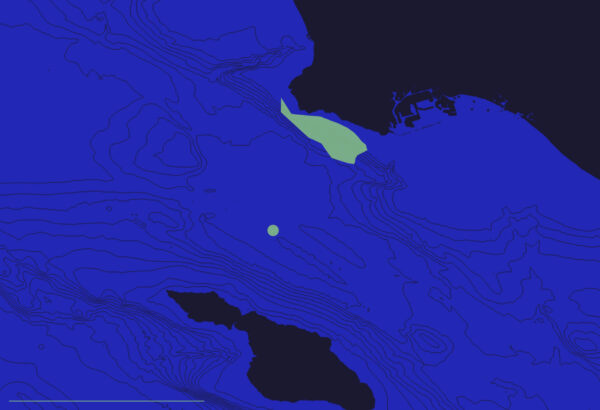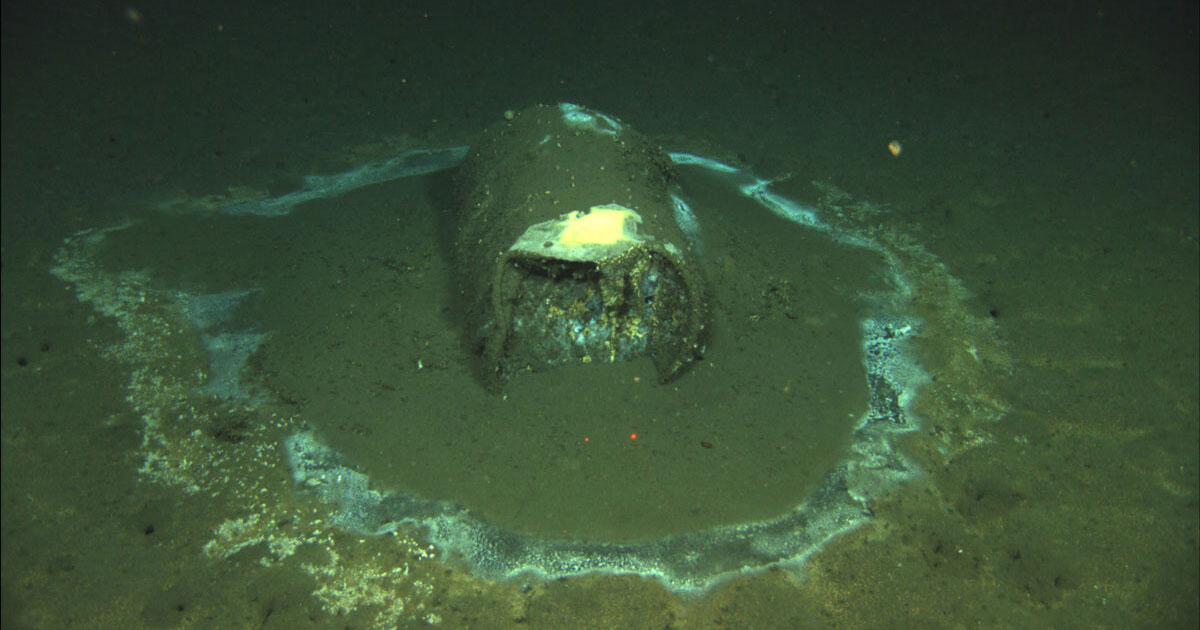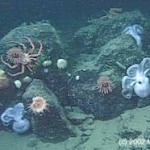Between 1948 and 1961, barges laden with industrial waste, including high concentrations of once-ubiquitous agricultural insecticide, Dichlorodiphenyltrichloroethane (DDT), were indiscriminately discharged into the Pacific Ocean. An estimated 100 tons of DDT contaminate the ocean floor off Palos Verdes. Decades after its ban, the insidious legacy of DDT , still haunts the depths off the coast of Southern California. A recent study has unearthed disturbing evidence of DDT’s persistent presence in deep-sea fish and sediments, shedding light on a silent threat lurking beneath the waves.
The study, led by researchers from the University of California San Diego’s Scripps Institution of Oceanography and San Diego State University, delved into the depths to assess the extent of DDT contamination. Overall, the researchers found a diverse set of halogenated organic compounds (HOCs), including DDT+, in bottom sediments and biota from deep ocean sites . Their findings paint a troubling picture: deep-sea organisms, far removed from the surface, are carrying a toxic burden of DDT-related chemicals.

From the study, “The majority of the DDT+ compounds (87%, n = 13) detected in the sediment and biota were previously detected in [local] birds and marine mammals. This discovery is critical and suggests that DDT+ from deep ocean sediment enters the water column and subsequently the marine food web. DDT pollution in [the Southern California Bight] should be recognized as an ongoing environmental concern requiring further research.” In other words, and even more alarming, there is the possibility that these contaminants are not confined to the depths but could be making their way into species consumed by humans. With mounting evidence of DDT’s resurgence in marine ecosystems, questions arise about the potential risks posed to broader marine life and human populations.
Stack, Margaret E., et al. “Identification of DDT+ in Deep Ocean Sediment and Biota in the Southern California Bight.” Environmental Science & Technology Letters (2024).






